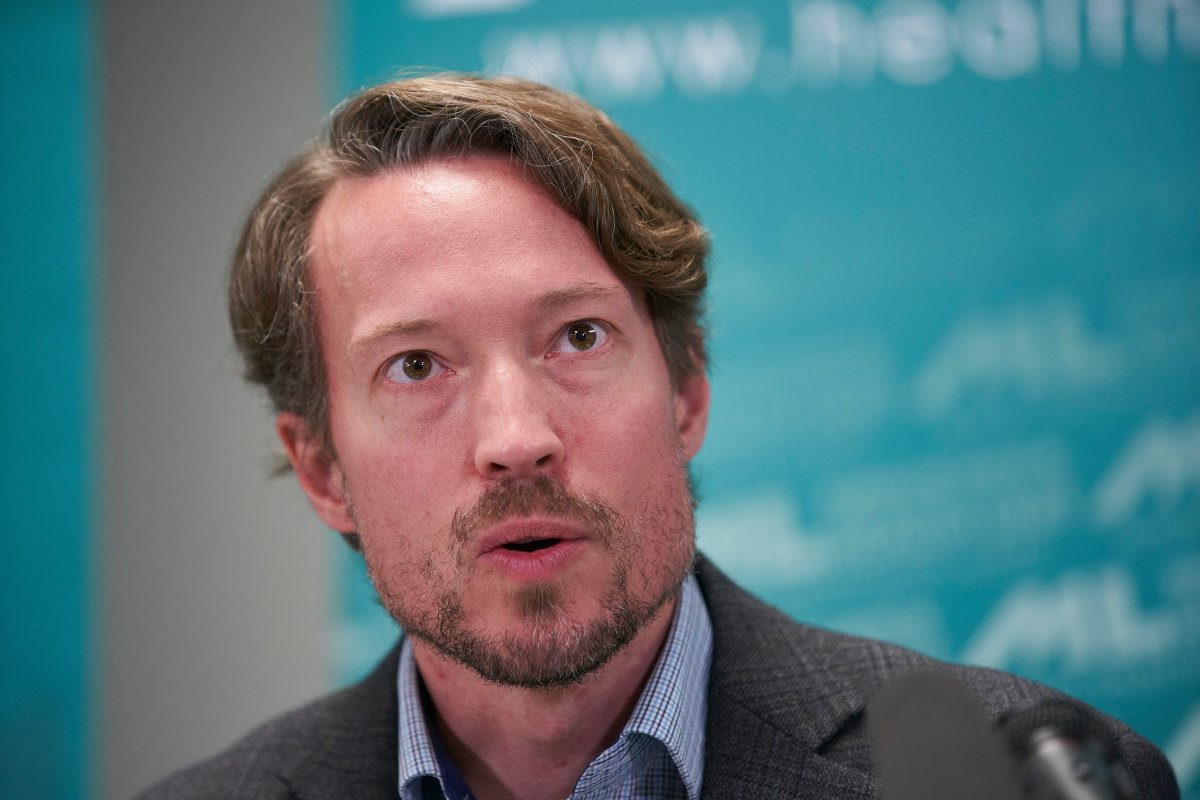The Middlesex London Health Unit has fine-tuned the latest restrictions impacting indoor sports and recreation facilities after consulting with those in the industry.

Dr. Chris Mackie, London and Middlesex County’s medical officer of health, announced several changes to the document Friday after the initial restrictions sparked outrage and confusion in the local sporting community.
The major change for hockey teams is that two groups of 12 players will now be allowed on the ice as long as they are separated by three metres or a physical barrier.
Another option would be a full-ice practice, or scrimmage, where no more than 12 people are allowed on the ice, and 25 people allowed on the playing surface. That number includes on-ice officials, as well as coaches and substitutes.
A common issue among those in the community was why these restrictions were being made locally when the super spreader events have been elsewhere.
Kevin Gardner, the Vice President of Hockey Operations with the London Junior Knights, is grateful the health unit was willing to listen to their problems with the initial restrictions announced on Wednesday.

Get breaking National news
“We appreciate them listening to our concerns and the hockey specific challenges we had,” said Gardner.
“They took our concerns to heart and made some changes that will allow us to continue hockey in a modified form for our players and families.”
Gardner says that the associations and the health unit have the same priority, keeping the kids safe from the virus while continuing to have fun with the game of hockey.

Justin Hoffer, chairperson of the Greater London Hockey Association was also happy the health unit took a second look at the restrictions announced earlier in the week.
“A lot of board members, coaches, and volunteers were involved in getting a plan in place where we could get the kids on the ice in the safest way possible,” said Hoffer.
“It’s good to see all of that hard work taken into consideration with these updated guidelines, it’s something we can definitely work with and make sure the kids can enjoy the game safely, because that’s what it’s all about.”
Dr. Mackie did address why he believes stricter protocols should be in place for physical activity, compared to schools and retail businesses.
By the time the hour-long meeting wrapped up, officials say there were more than 300 questions still unanswered in the cue. They say those will be addressed with stakeholders in the near future.
The restrictions will be reevaluated after four weeks, when officials can adjust them as they see fit.
Dr. Mackie says the restrictions can be enforced by any provincial officer; including police, municipal bylaw, public health inspector, ministry of labour, among others.
The exact restrictions detailed in the updated document include:
- The total number of people permitted to be in a class, or actively participating in an organized program or organized activity at the facility cannot exceed 12 people. An additional three staff, referees, and/or instructors are permitted.
- Each class, organized program, or organized activity must take place in a separate room or be in a large space such as an arena, pool, or high school gymnasium where each class, program or activity can be separated by an impermeable barrier, or be distinctly separated by a minimum of three metres.
- The maximum number permitted on a field of play, such as an indoor soccer field, ice pad, basketball court, or similarly space, is 25 people, inclusive of staff, referees, and/or instructors. (as an example, a maximum of 25 people can be on a single ice pad at one time and would need to be divided in to groups that are adherent to the requirements outlined in section 1.
- For team sports in which substitutions are required, a maximum of 12 are permitted on the roster. For individuals who are not actively participating in the program or activity, a physical distance of two metres must be maintained between each individual.
- If participants are not wearing a helmet, face coverings should be worn when not actively participating in rigorous physical activity.
- For individual activities which occur in a fixed location, such as yoga or spin classes, all efforts must be made to maximize physical distance between each person, and in no case may the space between persons in a class be less than three metres. These activities must take place in a separate room, and a maximum of 12 participants and one instructor is permitted. The instructor must wear a face covering.
- The instructor of any class, organized program or organized activity must wear a face covering or provide instruction virtually. In no instances should instructors sing or shout, and if amplification is required, a microphone should be used. Participants singing along to the music or shouting back at the instructor should be discouraged.
- The operator must ensure that the building heating, venting and air conditioning (HVAC) system are well maintained in line with the Guidance for facilities for sports and recreational fitness activities during COVID-19.
- Any steam rooms, saunas, whirlpools, or bathhouses must be closed.











Comments